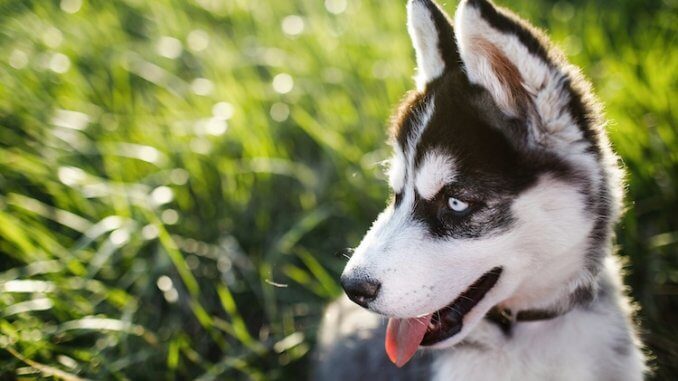
The Malamute, Alaskan Husky, Samoyed and Akita, what do these dogs all have in common? The ability to be wrongly identified, time and time again.
You will hear a comment about an Alaskan Husky, and someone will eagerly point out that it’s an Alaskan Malamute or a Siberian Husky.
Well, to confuse matters even further, Alaskan Huskies do exist, they are just not considered a pure-breed.
What this means is they aren’t yet registered with a Kennel Club.
We have put together the ultimate guide to the Alaskan Husky which should have you well versed in this incredible, efficient sled dog.
Intelligent by nature, with an impeccable prey drive, this cheeky chap is a great addition for active households who love to keep busy.
TABLE OF CONTENTS
Alaskan Husky Dog Breed Guide
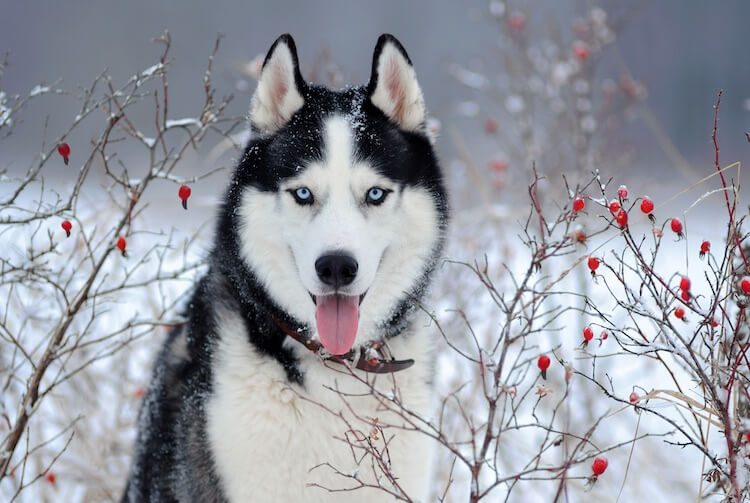
Arriving in America some thousands of years ago, sled dogs were hardy workers for the Paleo-Eskimo people.
Coming from Siberia, it stands to reason why the Alaskan Husky is so similar in appearance to the Siberian Husky.
Breed Origin
The history is somewhat unclear of this breed, but studies have shown that Siberian Huskies, Alaskan Huskies and Malamutes all share a close genetic relationship.
It is believed that the Alaskan is now a result of decades of crossbreeding Shepherds, Pointers and Salukis to increase genetic diversity and improve overall performance of the breed.
Kennel Club Recognition
As the Alaskan Husky is not a purebred canine, they are not recognized as a breed by any major kennel club, including our very own American Kennel Club.
If you are tempted with one of these canines, it is essential to do your research and source a reputable breeder.
Equally, you may consider adopting an Alaskan Husky rescue, they do have their own specialist shelters across the States.
| Weight | 35-80 pounds |
| Lifespan | 10–15 years |
| Breed Type | Mixes and more |
| Suitable For | Active Families |
| Temperament | Good-Natured, Affectionate, Energetic and Friendly |
| Other Names | Alaskan Dog |
Alaskan Husky Puppies
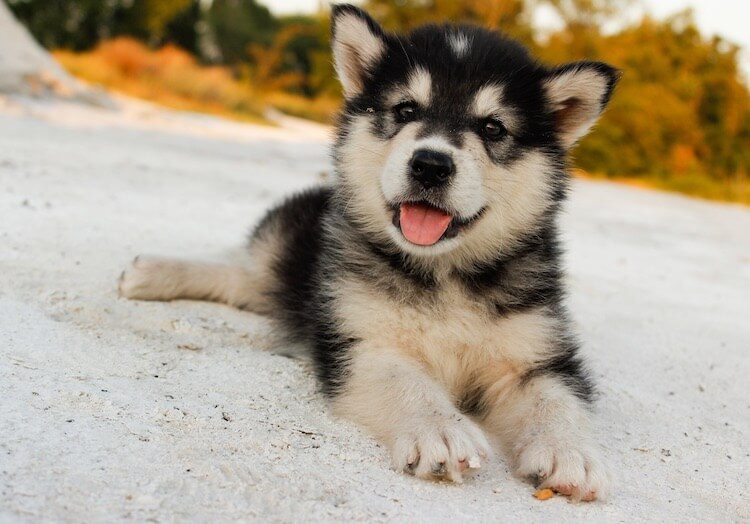
If you are thinking of bringing home a puppy, it is essential to do your research.
The Alaskan Husky is not suitable for first time dog-owners.
They need a lot of time and patience when growing and maturing. Not only that, they are super-energetic and need plenty of exercise (they were sled dogs remember)!
Interesting Fact
You may notice the piercing blue eyes of an Alaskan puppy. However, after the first 12 weeks their eyes may change color to a darker hazel. Sled guys are some of the only dogs who have blue eyes.
An Alaskan litter is typically around 4-6 puppies.
Alaskan Husky puppies can cost anywhere between $3,000 – $10,000 USD for a dog with racing line heritage.
This goes someway to showing how incredibly good they are at their sport.
An Alaskan Husky puppy can be bred using two different dogs:
- Alaskan Husky x Alaskan Husky
- Alaskan Malamute x Siberian Husky
This is why researching your breeder and potential puppy is essential.
Classed as a medium-to-large breed, your furry friend will be fully matured anywhere between 12-18 months of age.
Alaskan Husky Temperament
Not known for barking, these canines will howl to let you know their feelings. Endearing for most, you’ll even have a chorus when the ice cream truck passes by.
Like their Siberian Husky cousin, they can be diggers and are brilliant escape artists.
This behavior is usually a result of boredom, so in an active home, where they are mentally stimulated, this shouldn’t be an issue.
Tip
You can always use a sandpit in the yard to focus any digging behaviors. They often like to dig to get a cool spot to sleep in those warmer climates!
Not known for aggressive tendencies, the Alaskan Husky is usually a super sociable pooch.
For that reason, they generally cope well in multi-pet homes, when raised with them, but they can have an instinct to chase small furries, so careful socialization is essential.
Not great guard dog material, they were bred to run, not protect.
Personality

These furry friends are super-high energy dogs.
They were bred to run, efficiently over long distances. For that reason, they don’t bode well being left alone.
Another reason why the Alaskan Husky isn’t suited to being left alone for long periods is because of their stamina, make this mistake and despair and destruction awaits.
Affectionate and tactile, they adore their humans and thrive in active homes, with owners who like being out and about, exploring.
Compatibility with Families
Due to their sociability, they can fit in incredibly well into a family environment.
They are best suited to those families who have experience of larger, energetic dogs.
Kids also need to have a solid understanding of their personality and how to keep their attention.
They are very strong and made for pulling heavy sleds, so keep your small kids off the end of the leash.
Alaskan Husky Size & Appearance
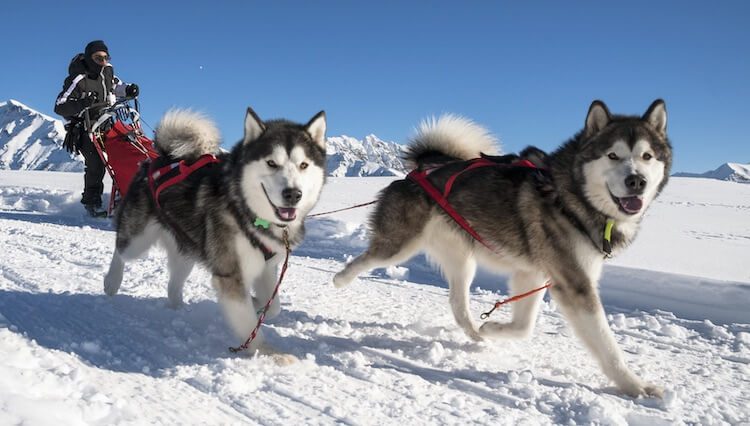
The Alaskan Husky is medium-to-large in size.
Working lines can produce dogs anywhere between 50-80 pounds whereas racing lines tend to be more petite; ranging anywhere between 35-60 pounds.
Females are always smaller than the males, but it is difficult to pinpoint specific sizes due to the range of diversity in the lines.
Analyzing your Alaskan Husky puppies parents will give the best indication of the full grown size of your dog.
Appearance
The Alaskan Husky looks like a typical sled dog.
They are often confused with the Malamute and Siberian Husky.
When comparing an Alaskan Husky vs Siberian Husky the former should be leaner and muscular. They are usually larger in size than the Siberian Husky but do have a leaner build and look just like a wolf!
Color
Alaskan Huskies can really come in any color.
As they are not a purebred dog, there is no breed standard.
Whilst they can have blue eyes like their cousin sled dogs, it isn’t that common in the Alaskan as they tend to have brown-hazel eyes.
Coat
This breed has a medium-short dense double coat which functioned to protect them from the elements during snow runs.
They will shed year round, but have two major blow outs each year.
Their double coat has a downy undercoat, with more smooth guard hairs. These guard hairs are what protect from snow and rain and the undercoat keeps heat in.
Grooming
Daily brushing is a must if you want to prevent an impacted undercoat; a rake will be the tool of choice.
This will keep the undercoat impact free which aids temperature regulation of your dog’s body.
Avoid over-bathing your Alaskan Husky, a few baths a year will be ample to keep his coat in tip-top condition. Too many can dry out his coat which can lead to all sorts of skin issues.
Check their ears and eyes regularly, along with their nails (clip them if necessary).
Toothbrushing is a task you want to introduce as early as possible; to make it as less stressful for everyone involved.
Husky Care Guide
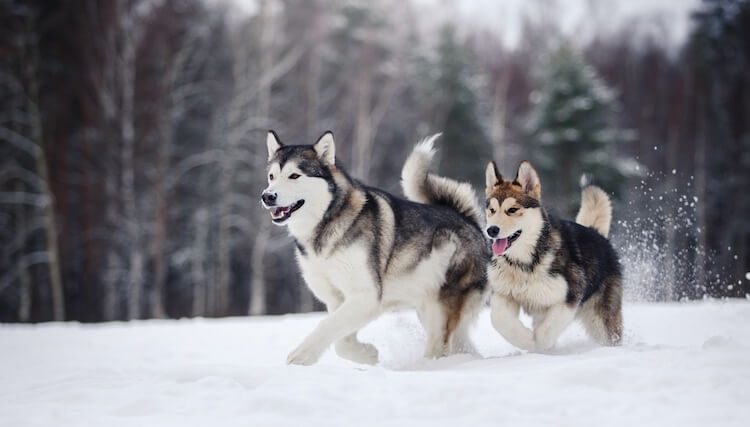
Suited for active owners, who like to keep busy, the Alaskan Husky is high on grooming, exercise and food needs; you must be absolutely sure you know what you’re taking on.
Food and Dietary Requirements
| Daily Food Consumption | |
|---|---|
| Guide | 1,600 calories |
| Cups of Kibble | |
The best food to feed your canine is the highest quality your budget will allow. Whether this is dry, wet, dehydrated or raw.
A quality diet is one that meets all your dog’s nutritional needs; specifically, protein and fat.
Whilst there are no requirements for carbohydrates in a dog’s diet, they can be utilized for energy in their cooked form.
When looking at dog food labels, seek out the protein and fat content. Protein should make up a minimum of 18% of dry matter when fully grown (look for an actual meat source as the first ingredient in any food).
Be mindful that dogs who are fed kibble will drink more water than wet or raw fed pooches, so keep an eye on that water bowl and always ensure clean, fresh water is available.
Avoid excessive calorie intake as a puppy, being overweight can cause a range of skeletal issues, especially during those months of rapid growth.
Exercise Requirements
| Daily Exercise Requirements | |
|---|---|
| Minutes | 60+ minutes |
| Activity Level | |
The Alaskan Husky was bred to be a sled dog; their purpose was to run, long distances, regularly.
For that reason, they have an innate endurance and stamina (their physiology is different to other dogs).
Breeds like Greyhounds have more fast-twitch (anaerobic) fibers in their legs, whereas the Alaskan Husky has more slow-twitch (aerobic) fibers.
This is because the Greyhound was bred to be fast, in short bursts and the Alaskan Husky needed to be steady and fatigue-proof.
They need their daily walks, upwards of 60 minutes per day.
Failure to meet their activity needs results in boredom and distress. If you are going to be out of the house for 6-8 hours a day and then need to run errands all weekend, these aren’t the guys for you.
Daycare is an option if you need to work or you can recruit a knowledgeable dog walker to take them out for a few hours in the middle of the day.
Just remember to tell your walker to keep them on leash. Recall training can be a challenge; Huskies are renowned for their inattention to their owner when out hunting squirrels!
Training
As discussed in the exercise section, this breed has an inherent stamina, which can sometimes make them a little stubborn. Here are some puppy training tips to help.
Like all dogs, they respond best to reward based training and positive reinforcement.
They are intelligent and super-trainable; you only have to watch sled dogs in action (you can even teach them directional signals and commands).
They respond when you have built a solid relationship.
They are sensitive souls, so aversive techniques shouldn’t ever be used.
Start whilst your Alaskan Husky puppy is still young and set them up to succeed. Have short training sessions, enough to keep their interest, but not long enough that they get bored.
Brain games are a perfect way to keep their mind stimulated; most Alaskans are toy driven, so opt for any games with toys.
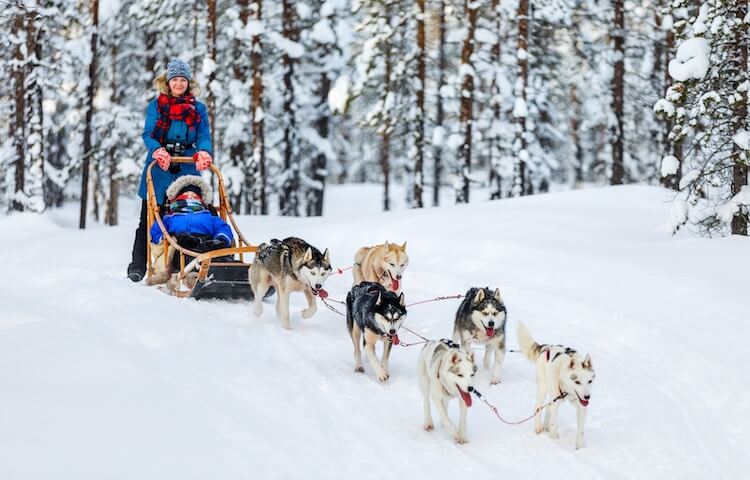
Health Problems
Generally a healthy breed, their lineage is genetically diverse.
That said, the Alaskan Husky does suffer with some eye conditions including Progressive Retinal Atrophy which can result in blindness.
Hypothyroidism is also common in this breed but can often be well managed with medication.
Like with any large breed dogs, they are at risk of developing dysplastic elbows and hips, so parental screening is essential along with management of their environment and nutrition during those developing months.
Summary
The Alaskan Husky is the perfect addition for active families who have experience of medium-large breeds with tons of energy!
They don’t deal well being left for long periods of time or in homes where there is little time for interaction.
Always sociable and friendly, which makes them the perfect companion for exploring new places, they are high in energy, and need upwards of 60 minutes exercise per day (i.e. walks, runs, brain games or play time).
This wolf-like canine, stands slightly larger than their cousin Siberian Husky and is super-easy to confuse with the rest of the sled-dogs.
All you need to know is they are extremely good-natured and affectionate – if you can give them what they need, they will give you so much more, let us know if you have this breed!

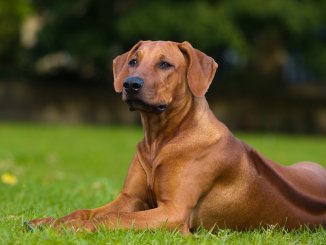
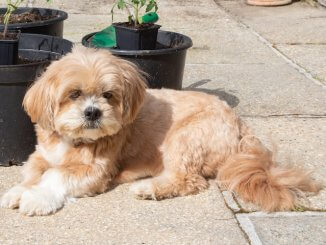
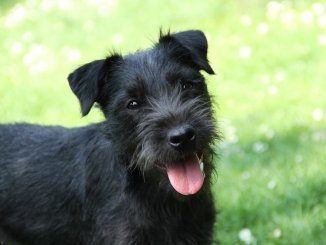
Hi I’m looking for the best oversized Alaskan Malamute breeder in this Australian country